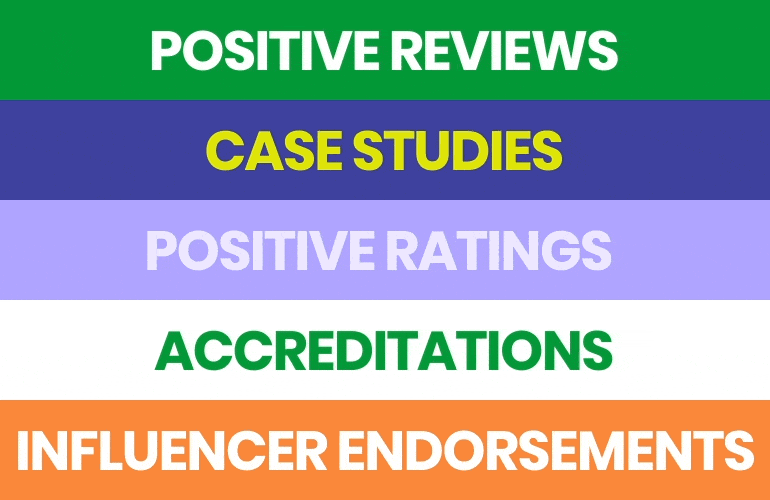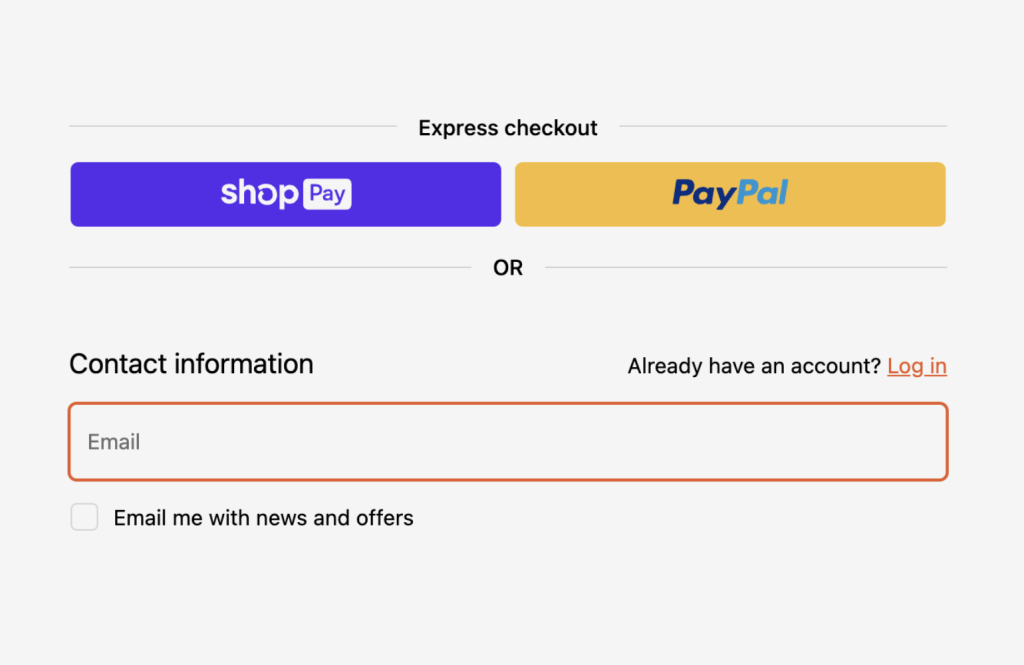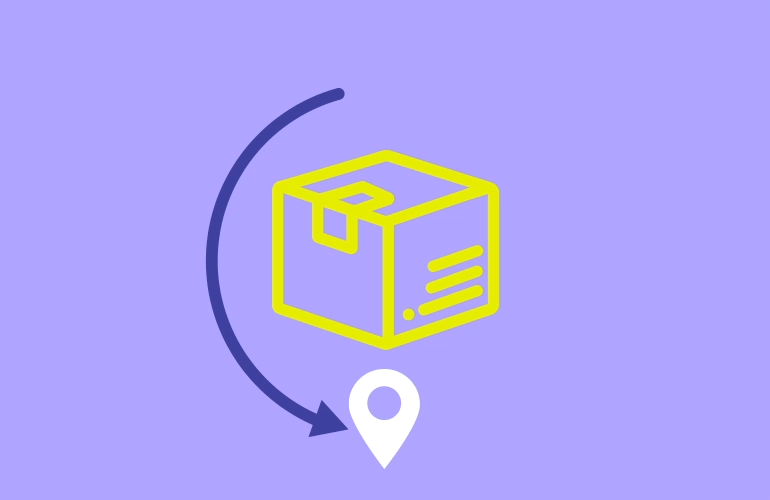How well do you score when it comes to eCommerce?

Article topics
- Area 1: Website performance
- Area 2: Trust signals
- Area 3: Payment and checkout
- Area 4: Delivery and returns
- Area 5: Digital marketing
We’re all used to ranking things out of ten or as a percentage. The shows we watch on Netflix. The food we order in our local restaurant. The clothes, tech, and home decor we buy online.
Your eCommerce store can be scored too. While it may sound daunting to have your website critiqued, it’s a great way to see how you can make things better for your customers and increase your sales.
So, what should you be looking at? Good question. In this article, we’ll discuss some of the features to consider when assessing your eCommerce site, as well as a simple and free way to discover how your store is doing.
Let’s start by looking at five general areas to consider.
Area 1: Website performance
Speed and responsiveness are everything when it comes to a high-performing website. If your site is slow to respond, looks terrible on mobile, or is just plain clunky, your customers might start shopping elsewhere.
Shoppers are very impatient people – nearly half of them will abandon a website if they have to wait more than three seconds for a page to load!
Given that over two-thirds of online shopping is now done on mobile, it’s no longer enough to focus on how your site performs on desktop; you need to consider smartphones too. As well as keeping your mobile shoppers happy, mobile responsiveness is a positive ranking signal in Google. This means that if your site is easy to use on mobile, you’ll get a nice boost in the search engine rankings.
An excellent way to measure the user experience is to think like a customer. Imagine that you’re looking for a specific item and try to find it using the navigation you have on both desktop and mobile. If you can’t do it in a couple of clicks, it’s highly likely that your shoppers are getting frustrated.
The more paths you have to your products, the better. Link to them from the home page, the navigation, and make it easy to find them using the filter functionality you have in place. If you don’t have a search bar, this can be a great way to open up access, plus you can use the data to see what shoppers are looking for.

Area 2: Trust signals
Think about all the little things in a brick-and-mortar store that can compel you to buy. A friendly sales assistant, an easily navigable store layout, perhaps even free Wi-Fi or coffee.
Trust signals are exactly the same premise, but on a website. It’s all the different elements that come together to reassure you that you’re not only making the right decision, but that the site is legitimate, credible, and secure.
According to Trustpilot, 66% of shoppers say the presence of trust signals makes them more likely to buy a product online.
There are a wide range of different trust signals out there, with some of the most impactful ones including:
- Positive star ratings
- Positive reviews
- Positive customer testimonials
- Verifications and accreditations (for example, card payment buttons or membership of a relevant industry)
- Case studies
- Influencer and celebrity endorsements
- Statistics and tangible data
Ecommerce stores should have at least one trust signal available for customers, with star ratings and reviews typically leading to the best results.

Area 3: Payment and checkout
Nearly 70% of online shopping carts are abandoned, meaning that customers put an item in their cart but don’t go through with the purchase.
While cart abandonment can happen for several reasons, the most prominent excuse is that the customer got frustrated with the payment and checkout process.
A smooth and seamless checkout process is imperative to eCommerce success. It’s important to consider:
- The right payment option for your customers. It’s important to have payment methods that your customers prefer in place, but be mindful that too many options can be counterproductive
- Guest checkout options. While encouraging customers to create an account might benefit you, some shoppers just want to pay for their items and leave
- An easy-to-use checkout process. A checkout system that asks for unnecessary information, does not follow a logical order, or is too long and complicated, will frustrate shoppers
- Discounts and promo codes. A promo code can encourage sales, but these need to be used carefully. You don’t want a customer to leave your site to look for a code, only not to come back
- Payment security. Customers want to know that their payment details stay safe. SSL certification and reliable payment providers can all help here, as well as trust signals like the ones mentioned earlier

Area 4: Delivery and returns
The customer experience you offer doesn’t stop after shoppers have entered their payment details. You need to consider how they receive their products, how long it takes, and what they can do if they change their mind.
It’s essential to make your delivery and returns service stand out in a busy market. Next-day delivery, free delivery, order tracking, and free returns can give you the edge over your competitors and keep customers who want things in a hurry happy. After all, two out of three shoppers now expect free delivery as standard.
However, there is an important variable to consider in all of this; sustainability. If you want to showcase your store as an environmentally friendly business with corporate social responsibility at its core, next-day delivery and free returns may compromise your ethical values.
Think about your target audience and what they value most.
Area 5: Digital marketing
While it’s important to ensure your website performance is on point, you must also consider how you promote your website to customers. In an increasingly competitive marketplace, a solid marketing strategy isn’t just nice to have – it’s essential.
Digital marketing approaches vary from business to business. An eCommerce store selling gym clothes to Gen Zers will have a vastly different strategy to one selling orthopaedic shoes to retirees. However, there are a few things that eCommerce businesses will have in common.
Social media
Social media is a great way to build engagement and awareness around your brand. That way, when people need your product or service, they know where to go.
While you don’t need a presence on every social media platform, you must be where your target audience hangs out the most. Younger customers expect to see you on TikTok, while B2B decision-makers want to check you out on LinkedIn.
Search engine optimisation
Search engine optimisation, or SEO, is the practice of enhancing your website to rank for relevant keywords and phrases. That way, people looking to buy the products you sell will discover your eCommerce store.
SEO is a multi-prong strategy, and there are several ways to boost your rankings. There’s researching the right keywords, making sure the user experience is exceptional, optimising your on-site content for readability, and encouraging other high-quality websites to link to you.
This all leads to the same goal, increasing the odds of you appearing on the first page of Google and Bing. Think of the keywords that are most relevant to your business and see where you rank.
PPC advertising and paid social
Pay-per-click (PPC) advertising and paid social advertising are when you pay to promote your business on the search engines or social media. While it’s not the right approach for every eCommerce store, it can be a fantastic way to introduce your brand to new customers.
PPC is great if you need to promote a product in a short time frame, for example, for Christmas or Halloween. Retargeting ads are also ideal for encouraging people who visit your site to return and make a purchase.
If you use PPC or paid social ads, it’s important to ensure your ads are well-optimised and target the right people. Otherwise, you may find people click on your ads and don’t make a purchase, wasting your budget.
Email marketing
Email marketing provides one of the best returns on investments for your eCommerce store. For every £1 you spend, you can get £36 back!
This digital marketing channel provides many different ways of engaging your customers. You can use it to nurture prospective customers until they’re ready to make a purchase. You can encourage shoppers who abandoned their carts to come back and buy. You can offer your most loyal shoppers discount codes, exclusive products, and invites to VIP events to increase customer lifetime value.
If you operate an eCommerce store, email marketing and automation should be one of the marketing channels you use the most.
How to work out your eCommerce performance
Look at your website and how you rank for the five different areas above. Then, score each area out of ten, using the criteria we specified. For example, you might rank your website performance as a four out of ten, but your trust signals as ten out of ten.
Worried you’re being a little biased? Ask your team to rank your eCommerce store too! When you have a score for each area, you’ll have an overall score out of fifty. Double this for your final percentage.
Audit your eCommerce score regularly to see how you’re improving. And if your score drops, you’ll know what you need to do to put things right.
If this sounds like a lot of work, we have an alternative solution – just keep reading!
Discover your eCommerce store score today
Want an easy way to see if your eCommerce business is a ten out of ten? Our innovative eCommerceRating system can identify what you’re doing well and where you can improve.
Just tell us your website URL, answer a few simple questions, and we’ll give your eCommerce site a score out of 100, with suggestions on how to improve the customer experience.
Plus, for a limited time, you’ll receive a copy of our 5 steps to eCommerce success guide and a free strategy session worth £795!
The test takes three minutes and is entirely no-obligation. Just lots of valuable information you can use to boost your performance and increase sales.
Take the eCommerceRating test today!


 Back
Back
